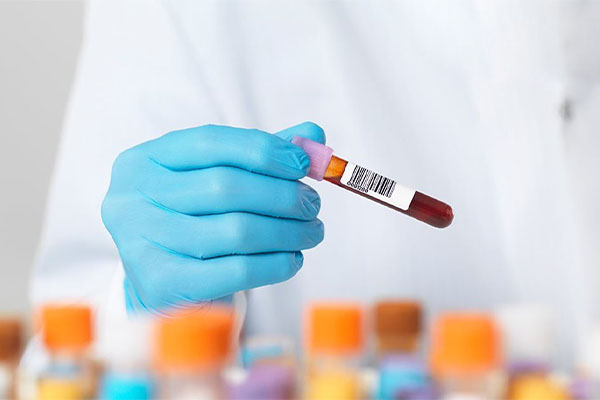Quality first, and provide customers with satisfying products and service
Quality first, and provide customers with satisfying products and service
Views: 0 Author: Site Editor Publish Time: 2021-07-13 Origin: Site









Blood Collection Tube is an important part of most pathological and diagnostic laboratories. Here, blood or serum is collected in a vacuum tube system made of glass or plastic. Previously, glass tubes were mainly used for this purpose, but relatively light and easy to handle, making plastic tubes more advantageous. Although blood collection vessels are universal in use, different color blood collection vessels contain a series of different additives according to our use.
Additives and Their Necessity
Generally speaking, additives are either anticoagulants to prevent blood clotting or coagulants to promote blood clotting. For most diagnostic procedures, we either need serum or plasma. This separation is accomplished by centrifuging blood samples. However, this separation is not possible without coagulation activators, or coagulants.
In any case, these additives are the most important when collecting blood samples for analysis. Without them, you may not be able to get the blood cell components you need under the right conditions.
Next, we will elaborate the additives contained in different Blood Collection Tubes and their uses.
Clot Activator or Gel
This additive is mainly used in diagnostic centers because it helps to separate centrifuged serum and plasma. Generally, a red or gold tube is used for this purpose and carries clot activators that promote blood clots. Coagulation factor is a silica gel particle which separates serum. This type of additive tube is widely used in various experiments in pathological laboratory, including antibody detection, drug detection, serological detection, etc.
Sodium Citrate
The light blue test tube is widely used in hematology research to determine coagulation factors of blood. The Sodium Citrate Tube, which is an effective anticoagulant to prevent blood clotting. This additive works by combining with blood calcium, thereby inhibiting blood clotting.
Heparin Sodium, Lithium or Aluminum
This one is mainly used for biochemical tests of hormones, drugs, cholesterol and insulin. Here, known anticoagulant heparin is used in combination with sodium, aluminum, or lithium metal complexes. Sodium Heparin Tubes are green and often found in biological laboratories, where metabolism related work is in progress. These collection tubes are often used in pathological laboratories and diagnostic centers engaged in insulin and cholesterol research. Heparin reacts with coagulation factors thrombin and prothrombin to prevent blood clotting.
Potassium EDTA
The drug acts as an anticoagulant by binding to calcium ions in the blood. This prevents blood clotting, and you can get a whole blood sample for a blood test. These Lavender colored EDTA Blood Tubes are widely used in cell defects, cell count related diseases such as malaria, sickle cell anemia and so on. It's also used in virological experiments, so it's also found in laboratories that study viruses and other diseases. EDTA is usually used in combination with metal ions, such as potassium.
Sodium Fluoride and Sodium Oxalate / Potassium Oxalate
These gray tubes are often used in the laboratory to detect blood sugar levels, cholesterol and so on. They contain sodium fluoride and sodium oxalate / potassium oxalate as additives. Sodium fluoride, an anti glycolysis agent, acts by inhibiting glycolysis, thus preventing the decomposition of glucose in the sample. This helps to determine the blood glucose level and blood alcohol level of the sample. On the other hand, potassium oxalate / sodium oxalate reacts with calcium to prevent blood clotting. Therefore, whole blood can be used for detection. So, you'll find these tubes in the lab that tests blood glucose, lactic acid, alcohol, lactose intolerance, etc.
Address : Rm 1212, Block E Wan Da Plaza, No. 129 Fuyuan Street, Jianye District, Nanjing, Jiangsu, China
Email: Jason@nj-superfit.com
Tell: 0086(25) 84581516
Mobile: +86-13701467765
OMZR株式会社 代表取締役 張 雪(チョウ セツ)
福岡県福岡市中央区清川2丁目2-18-205号室
電話070-8909-6814(日本) 0086-186-5186-1218(中国) E-mail:ZHANGXUE5460@163.COM
日本全国の顧客様に、購買・販売および輸出入代理業務を承ります。